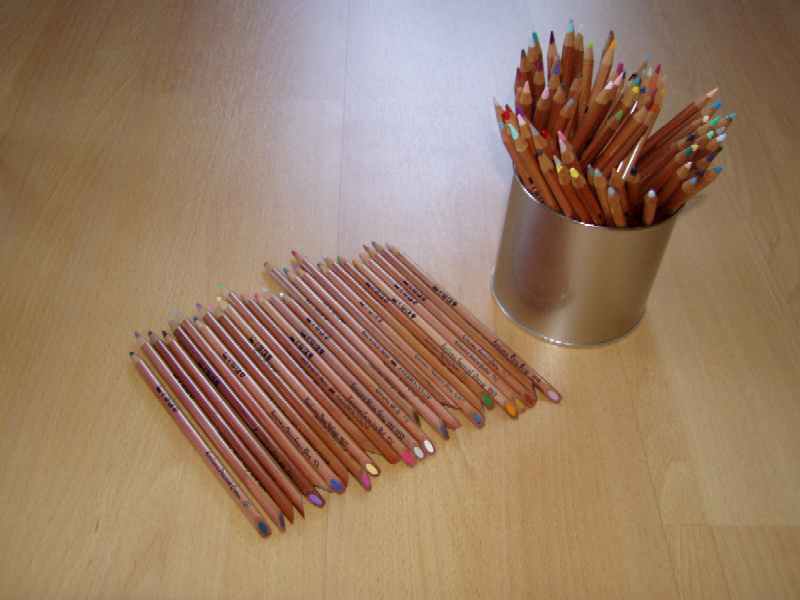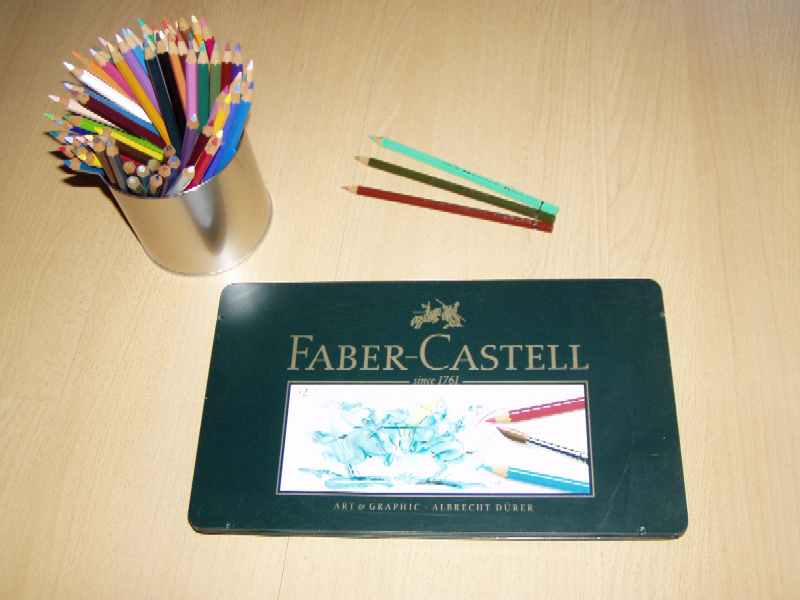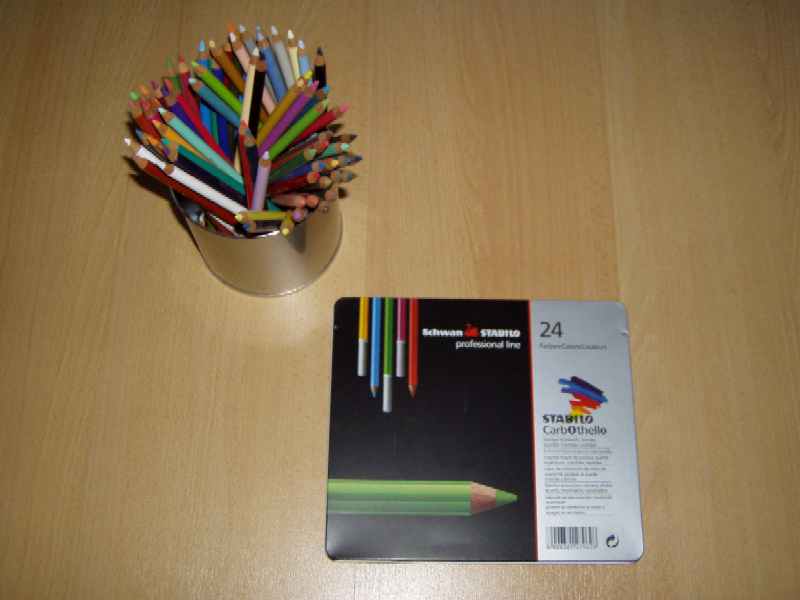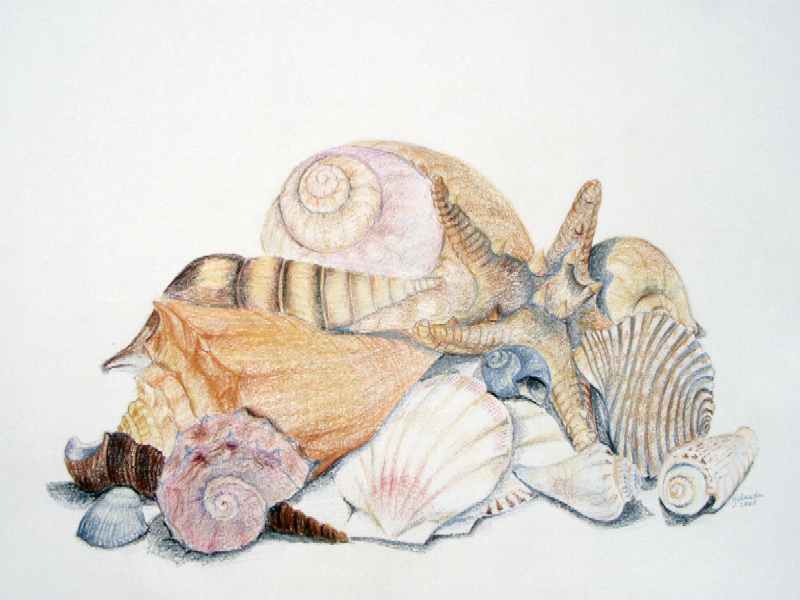| Below, the original method of making pencils is described. Although pencils nowadays are often round or hexagonal in shape, the principle has largely remained the same. |
 1 Start with a piece of Cumberland graphite. 1 Start with a piece of Cumberland graphite. |
 4 The graphite piece is inserted into the slot. 4 The graphite piece is inserted into the slot. |
 2 This is sliced into thin slices. 2 This is sliced into thin slices. |
 5 The graphite piece is broken off flush with the top of the slot. 5 The graphite piece is broken off flush with the top of the slot. |
 3 A square slot is made in a piece of wood. 3 A square slot is made in a piece of wood. |
 6 A thin piece of wood is attached to the graphite-coated wood. 6 A thin piece of wood is attached to the graphite-coated wood. |
|
Today, multiple pencils are made at once, with the leads already cut to size and placed in a board with multiple slots. Another board with slots is glued on top of this. The board is then cut into narrow strips. Each strip contains a lead, nicely centered. This strip is then sanded into the desired shape, often round or hexagonal, and painted or lacquered.
There is a rough division into 4 types of pencils. |
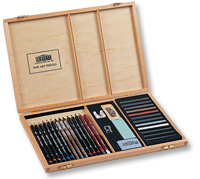 1. Sketch and drawing pencils; These are generally available in various degrees of hardness. There are several variations of these: 1. Sketch and drawing pencils; These are generally available in various degrees of hardness. There are several variations of these:
a. "Normal" graphite pencils. Available from approximately hardness 9B (very soft) to 9H (very hard).
b. Water-soluble graphite pencils.
c. Graphite sticks, usually square in shape.
d. Solid sticks of graphite mixed with clay, in the form of a regular pencil, which can be sharpened as usual.
e. Charcoal pencils, where charcoal is used instead of graphite. The lead is often thicker.
f. Compressed charcoal, usually in square sticks but also available in round shapes. These resemble the compressed graphite sticks.
g. Drawing pencils in warm earth tones.
|
2. Colored pencils; Even with traditional colored pencils, there is a difference in hardness. This difference is usually brand-dependent. Some manufacturers produce 2 collections of colored pencils. One collection is often softer, and the leads are sometimes slightly thicker. These are very suitable for flat fillings and beautiful color mixtures and transitions. The other collection is often harder, allowing for detailed work. These usually have a normal, thin lead. In addition to traditional pencils with a wooden casing, there are also pencil-shaped sticks, similar to sketch and drawing pencils. These are made from a kind of clay mixed with pigment and pressed into pencil form. With traditional colored pencils, a wash can often be made using a solvent, such as turpentine. Most manufacturers have around 75-100 colors per collection in their range. You work with colored pencils from light to dark. Good brand pencils are available individually.
|
3. Watercolor pencils; Watercolor pencils are very versatile. The pigment in watercolor pencils is mixed with gum arabic, making them soluble in water. The hardness and solubility of watercolor pencils can vary by brand and even by color. Like traditional colored pencils, most manufacturers have a wide range of colors in their collection. Watercolor pencils are also available in stick form, usually square. These resemble the square graphite or charcoal sticks. The advantage of these sticks includes the ability to easily fill large areas. You can combine watercolor pencils very well with watercolor paint. With watercolor pencils, you work from light to dark. It is possible to lighten areas that have become too dark by gently removing the pigment with a damp brush. Most brands of watercolor pencils are available individually.
|
4. Pastel pencils; Pastel pencils look just like regular pencils, although they generally have a slightly thicker point. The lead is very soft but generally slightly harder than regular pastels. You can easily blend the strokes of pastel pencils with a finger or a cotton swab. Like traditional pastel crayons, you can also work light over dark with pastel pencils. In addition to pencil form, pastel is also available in the form of soft, usually round, sticks or hard, usually square sticks. These are easy to combine. Although pastel crayon is usually water-soluble, I recommend using watercolor pencils, crayons, or paint for this purpose. Most brands of pastel pencils are available individually.
|
Some brands of pencils are:
- Derwent
- Berol
- Creatacolor
- Van Gogh (Talens)
- Faber Castell
- Koh-I-Noor
- Bruynzeel
|
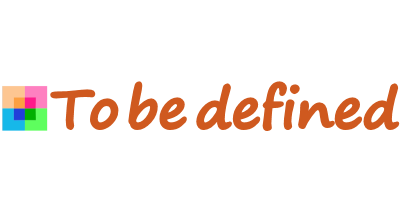


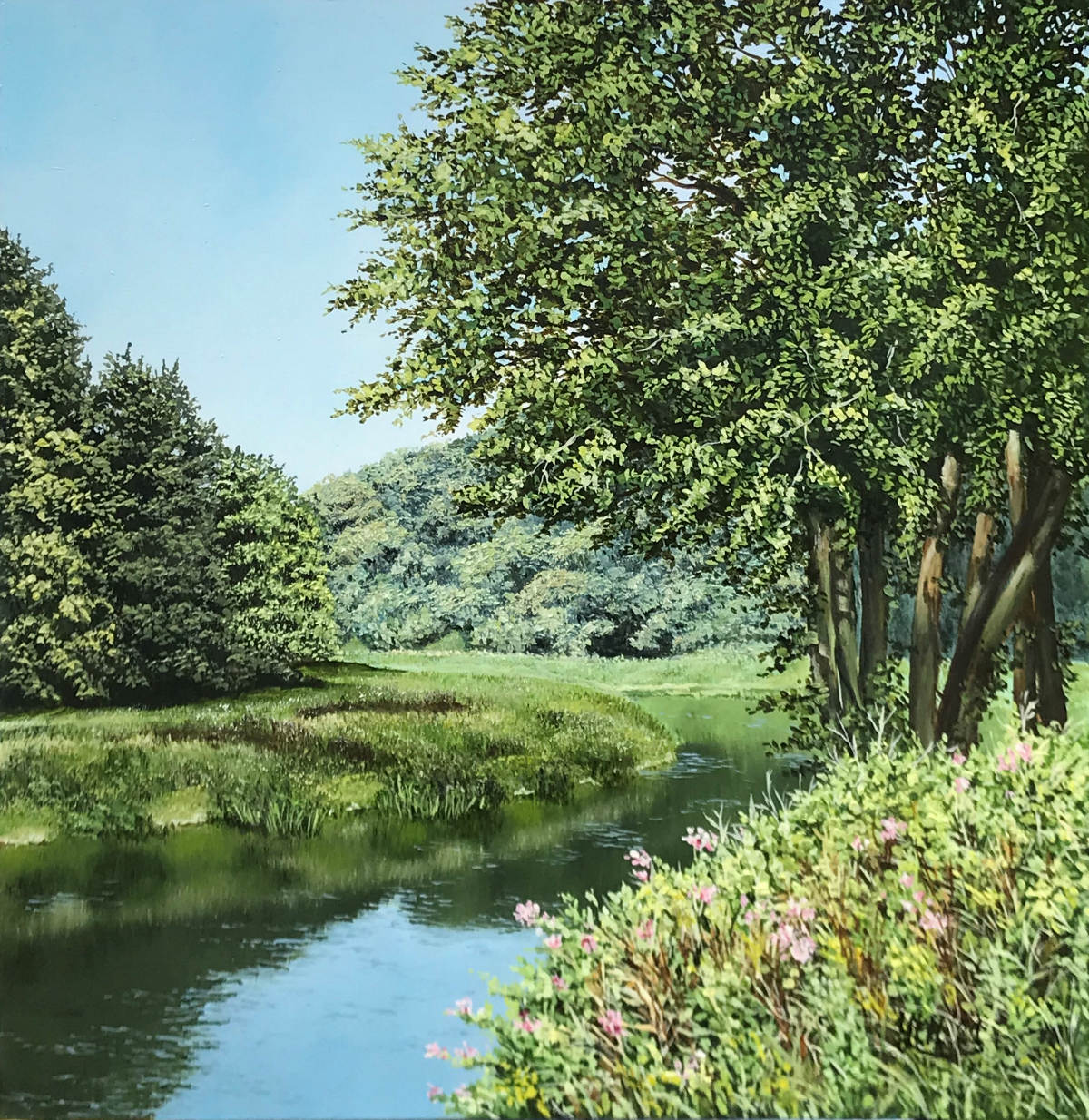
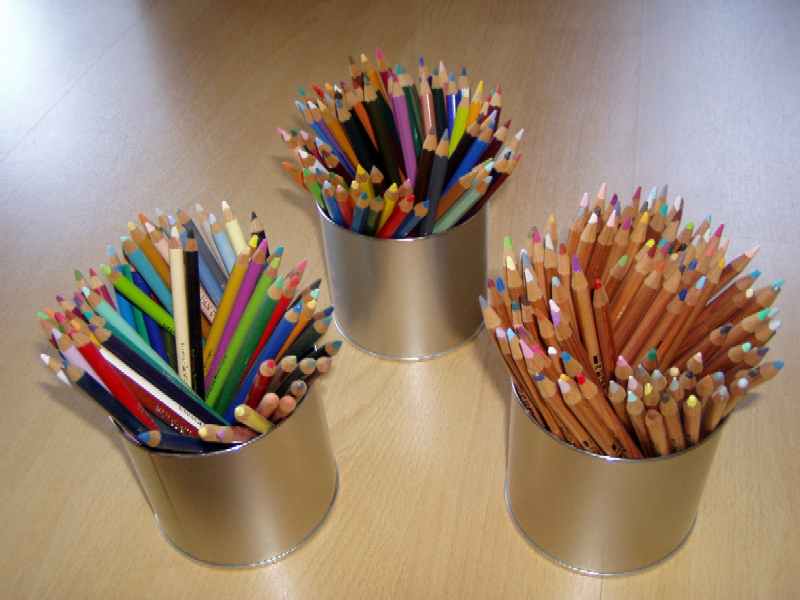
 4 The graphite piece is inserted into the slot.
4 The graphite piece is inserted into the slot. 5 The graphite piece is broken off flush with the top of the slot.
5 The graphite piece is broken off flush with the top of the slot. 1. Sketch and drawing pencils; These are generally available in various degrees of hardness. There are several variations of these:
1. Sketch and drawing pencils; These are generally available in various degrees of hardness. There are several variations of these: